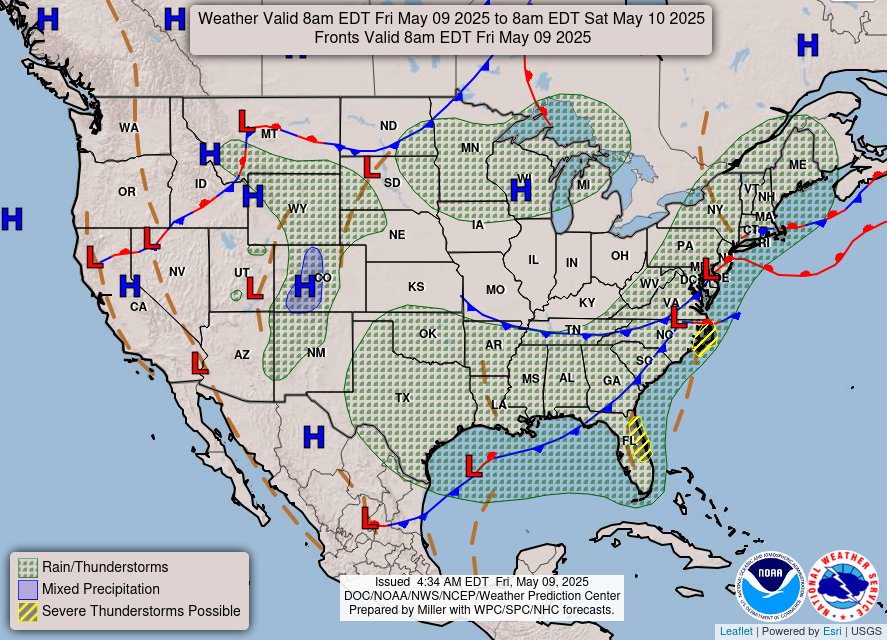Damage from severe thunderstorms is increasing across the nation. Even in areas where these storms are not likely, there has been a heightened awareness of the need to prepare and protect what is most valued.
Tornadoes are violently rotating columns of air that extend from a thunderstorm to the ground. Tornadoes can destroy buildings, flip cars, and create deadly flying debris.
A tornado can:
- Happen anytime and anywhere.
- Bring intense winds, over 200 miles per hour.
- Look like funnels.
Source: ready.gov

